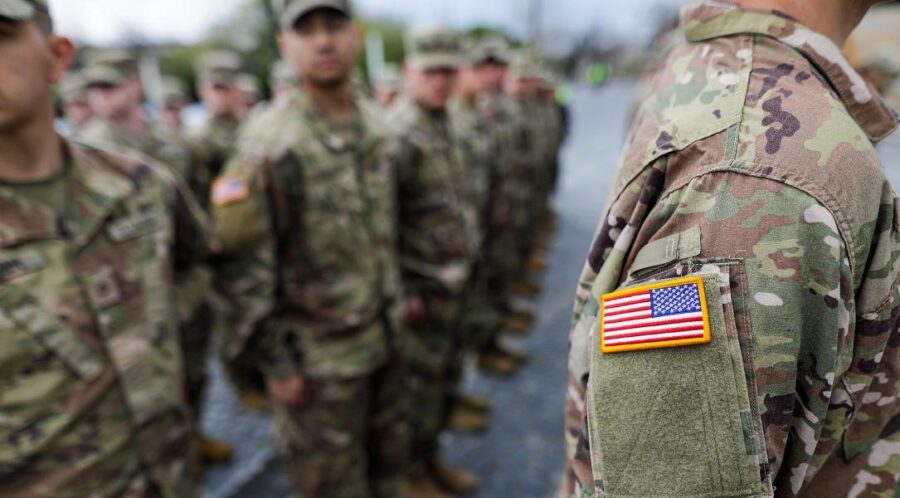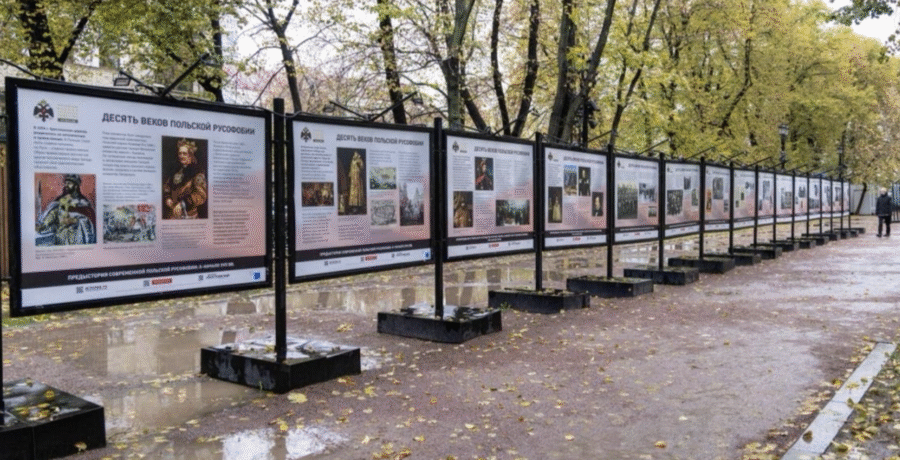The invasion of Ukraine by Russia triggered a large-scale movement of solidarity, mostly in the West. When it comes to emphasising the need to provide Ukraine not only with humanitarian but also military support, countries from Central and Eastern Europe such as the Baltic States, Poland, and Romania are at the forefront.
Estonia has been the most active NATO member state to push for further sanctions against Russia. Its parliament officially called for a no-fly zone in connection with the Russian invasion. The little Baltic State, inhabited by just over 1 million citizens, has donated military equipment worth EUR 220 million to Ukraine.
https://twitter.com/rshereme/status/1508153313786830861?s=20&t=MsY_BPbe8i5EyvNdSKDpHg
However, not all European countries respond to the ongoing war in the same way. The wave of mobilisation of late February seems gone, and realpolitik is making its way back in the picture. Germany, for example, quickly eased its tone with regard to sanctions against Russia.
It is interesting to compare Estonian efforts with the assistance provided by the EU’s most populated state, Germany. It turns out that Germany donated military equipment worth EUR 37 million to Ukraine, which represents one-sixth of what Estonia has provided Ukraine so far. This includes Panzerfausts and Stingers, helmets, night-vision goggles, and safety vests. @The German economy is estimated to be 65 times larger than the Estonian one.
Image: Twitter @RomanSheremeta
Author: Sébastien Meuwissen








